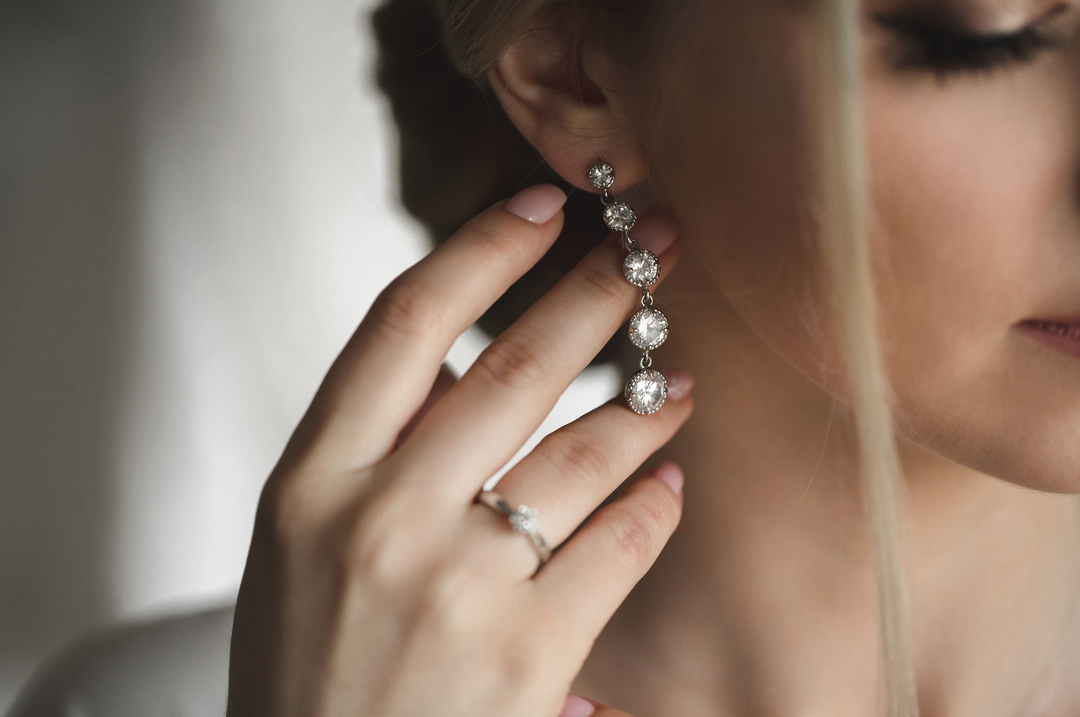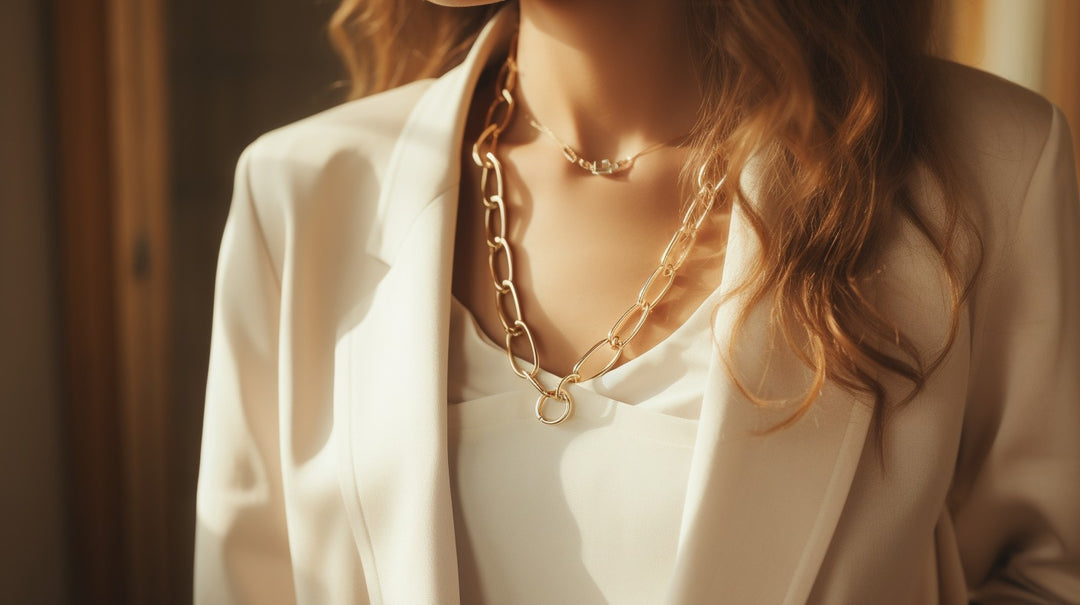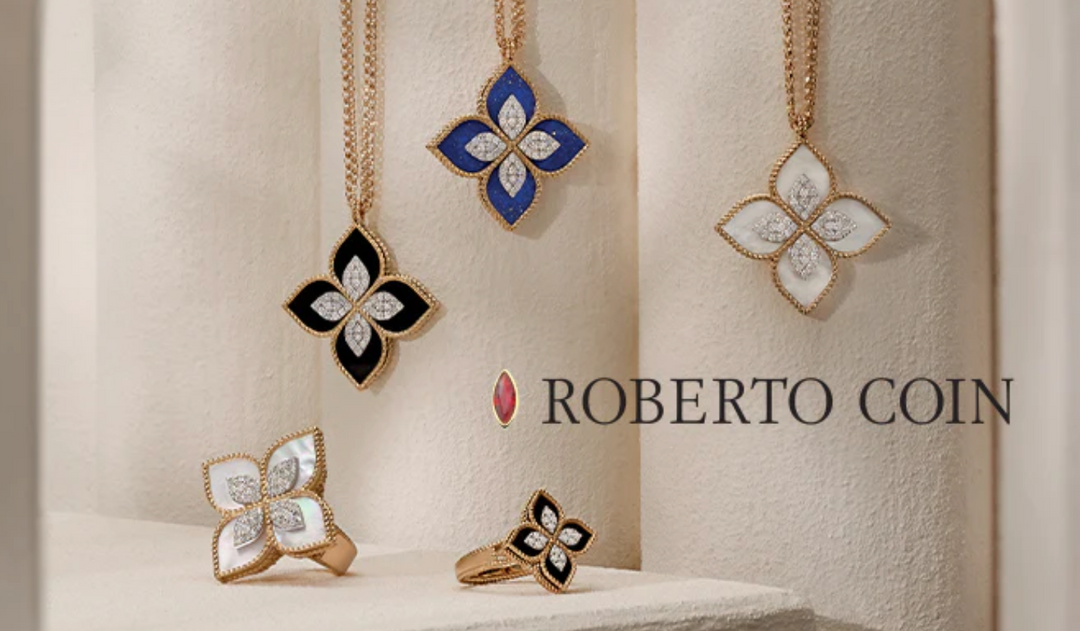The Hamilton Engagement Guide: From Diamond Purchase To Proposal
Hamilton’s Engagement Guide: All You Need To Know From Diamond Purchase To Proposal
 Contents:
Contents:
- 1. From Ring Shopping To Proposal, Timing Matters
- 2. Do Your Research: Separate Fact From Fiction
- 3. Choose A Reasonable Budget
- 4. The 4 C’s Are Exceptionally Important When Buying A Diamond
- 5. The Order Of Choosing A Ring
- 6. Determining The Best Ring Style
- 7. Selecting Metals By Color
- 8. A Ring Is An Investment: Protect It
1. From Ring Shopping To Proposal, Timing Matters
Most people typically shop 1 – 3 months prior to their planned date of proposal. Give yourself plenty of time so that you don’t feel pressure, and have time to plan the perfect proposal, too! You may decide that you want a custom-designed one-of-a-kind ring, and that takes extra time. Simply put, it’s always best to be ahead of schedule so that you can enjoy the selection and buying process.2. Do Your Research: Separate Fact From Fiction
There are many factors to consider when making this lifetime investment. Good online resources for unbiased and knowledgeable information are: www.gia.edu and www.adiamondisforever.com. Trust in your jeweler is critical so be sure to shop with reputable establishments who can provide both a great shopping experience and valuable education about your purchase.3. Choose A Reasonable Budget
Traditionally, an engagement ring should cost about 3 months of your gross salary. This rule isn’t the end-all-be-all that it used to be, but it is still a good guideline. Payment plans are exceptionally common when buying a ring, so don’t worry about hoarding all your pay for 3 months. Have a range in mind, and pay monthly payments on an installment program, finance the entire purchase, or any combination of either, your jeweler will work with you to find the best plan. You may be pleasantly surprised that financing offers now allow you to find the perfect ring for less than you may have imagined. In the end, try to purchase the nicest ring that you can afford and be sure you’re comfortable with the payment or expense; being uneasy about debt is not something you want on your mind right now. And let’s face it, if that person says “Yes!” there will be a wedding to pay for as well.4. The 4 C’s Are Exceptionally Important When Buying A Diamond
You don’t need to obtain a gemology degree, but you should have a basic understanding of what contributes to a diamond’s value and appearance. As fundamental as it sounds, there IS a fifth “C”...Confidence in your jeweler. Ask for referrals — be sure you’re buying from a reputable jeweler who is a member of either the Gemological Institute of America (GIA) or the American Gem Society (AGS). We’ve outlined below the definitions of all 4 C’s, but for more information, check out our Education Section. Carat The concept here is straightforward: Carat refers to the weight of a diamond. However, there’s no need to focus solely up on the carat weight number. Through proper mounting and shaping, a master jeweler can make a diamond appear larger than its carat weight might suggest, while also bringing out its maximum brilliance. Clarity Evaluators of diamonds base part of the value on luster and sheen. These relate to the clarity of the stone. You can spend less on a very large but cloudy diamond for example, than on a small but transparent and shiny one. The important thing to bear in mind, however, is that the less flaws visible to the naked eye, the more valuable the stone, regardless of its size. Cut Out of all the four C’s, cut is the most important. Cut doesn’t refer to the shape of the diamond, but rather the angles and proportions of the stone. A good cut determines the amount of light that can enter into the stone, refract, and emit that brilliant quality that people love in a diamond. While nature determines the other three C’s, a professional cutter determines the diamond’s cut. Even if you have the perfect color, clarity, and carat, if the cut isn’t right, the diamond won’t have that fiery brilliance that your fiancé will be proud to show the world. Color To the surprise of many people, diamonds come in a variety of colors. Diamond color is graded on a scale that ranges from D (colorless) to Z (light yellow). Truly colorless diamonds are the most rare and exquisite of these precious gemstones.5. The Order Of Choosing A Ring
First, select the gemstone: traditional diamond or something different? There are no rules—follow your heart and dare to be distinctive! Then select the shape (cushion, emerald, pear, princess, etc…). This will help you determine the best possible setting to showcase the fire and brilliance of your gem. Lastly, select the metal of the setting, also sometimes called the mounting, and you can begin to narrow your search. A great way to preview different designs is to use a Ring Builder tool that will let you digitally create a ring step by step.Consider A Personal Touch
There are many things that you can do to add a personal element to your ring. Perhaps someone in your family has gemstones that you want to include in the design, or consider a beautiful engraving crafted inside the ring. A really distinctive option is to have your diamond laser engraved with a special message. Work with your jeweler for a creative solution that suits your style.6. Determining The Best Ring Style
The right person needs the right engagement ring, so just any diamond in any setting won’t do. With so many design options, it can be difficult to narrow down the possibilities to the perfect one. At Hamilton, we’ve found that the first and most important step is to determine the overall style of the recipient. We’ve narrowed it down into three categories: Vintage, Classic, and Modern. Vintage “Vintage” doesn’t mean your Grandmother’s ring or an old fashioned outlook. Vintage is a person who is sentimental, a romantic, someone who wears femininity and chivalry with an effortless charm. These rings sport dainty filigree or diamond halos.Three stones stand as three reminders of the timelessness of your love, friendship, and devotion.
A single, brilliant diamond can turn more heads than a ring crafted with many stones. The solitaire is the ultimate “Classic,” and denotes refinement in both the wearer and giver.







